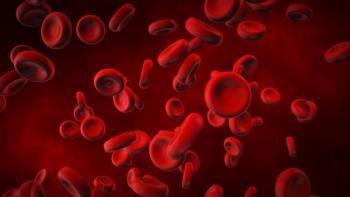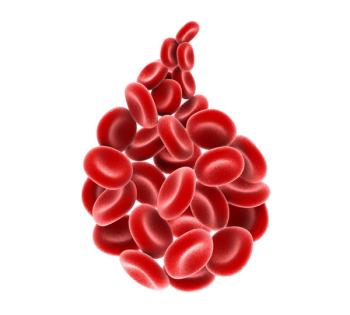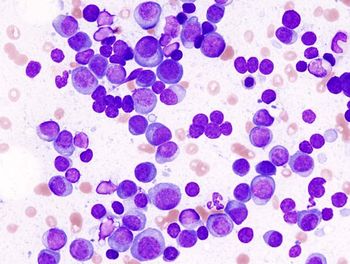
Radiopharmaceutical Agent Shows Efficacy, Tolerability in SSTR2+ NETs
Brandon R. Mancini, MD, MBA, FACRO, discussed results from a phase 1/2a trial that evaluated [212Pb]VMT-α-NET in patients with advanced NETs.
At the
Mancini, medical director of BAMF Health and a clinical associate professor at Michigan State University College of Human Medicine, stated that the therapy binds to SSTR2, ultimately leaving an α-emitting radiation medicine close to the DNA of the tumor cells.
Results shared during the meeting demonstrated partial responses that had percent changes in the sum of diameter from baseline of -60.7%, -57.4%, -43.5%, and -31.9%, all of whom received 5.0 mCi of the therapy. The results also showed that the most common treatment-emergent adverse events (TEAEs) of grade 1 and 2 in the 2.5 mCi and 5.0 mCi cohorts were fatigue (n = 2 and n = 23, respectively), alopecia (n = 2 and n = 20), and nausea (n = 1 and n = 17).
The therapy was found to not lead to any dose-limiting toxicities (DLTs). Mancini also emphasized that 7 of 9 patients, with over a year of follow-up, did not demonstrate progressive disease.
Transcript:
This is a radio-pharmaceutical drug. [212Pb]VMT-α-NET binds to specific neuroendocrine tumors that overexpress somatostatin receptor, and that's most commonly [SSTR2]. What happens is the…radiopharmaceutical is injected through a peripheral IV, it circulates throughout the body, and it binds to this SSTR2 receptor. When that binding takes place, it creates a mechanism of action that the radioligand therapy, as well as the receptors, internalize into the cell. Now, you're bringing this very potent α-emitting radiation medicine very close to the DNA of these tumor cells, hoping for DNA double-strand breaks, and hoping for efficacy as well.
The purpose [of the study] was to provide an update on the safety, efficacy, and preliminary responses that have been observed in patients receiving this therapy [at] both 2.5 mCi and 5 mCi. Most interestingly, those patients have north of a year of follow-up, which is super important from an efficacy perspective, but from a safety perspective as well.
In the 9 patients that have 52 weeks or longer of follow-up, there seems to be really good activity with [212Pb]VMT-α-NET. No [DLTs] were observed, and no grade 4 or 5 [AEs] were experienced by any patients. When you look at these 9 patients that had 52 weeks or greater of follow-up, 7 of 9 patients, after a year of follow-up, do not have progression of disease. Objective responses were witnessed in 3 of 7 patients so far, meaning [there is] shrinkage of tumors as a result of this treatment.
Overall, these preliminary data for those 9 patients specifically are showing safety and efficacy without any [DLTs]; no long-term [AEs] were witnessed from a renal or kidney perspective, [nor] swallowing dysfunction, like dysphagia. [There is] excitement within this space for the medication itself. The 9 patients who had the 52 weeks-plus of follow-up were able to be analyzed for both the efficacy and safety profile.
Then, there are 33 additional patients who were in the 5 mCi cohort as well from a safety perspective, so you have 42 patients included. Again, [there were] no [DLTs], no grade 4 or 5 [AEs], and really good tolerability of the therapy, overall.
Reference
Halfdanarson TR, Solnes LB, Mancini BR, et al. [212Pb]VMT-α-NET therapy in somatostatin receptor 2 (SSTR2) expressing neuroendocrine tumors (NETs): dose-limiting toxicity (DLT) observation participants after 1 year follow-up and preliminary report for expansion participants. J Clin Oncol. 2025;43(suppl 16):3005. doi:10.1200/JCO.2025.43.16_suppl.3005
Newsletter
Stay up to date on recent advances in the multidisciplinary approach to cancer.

















































































